Things We Used to Think Were Completely Safe But Might Kill Us Now
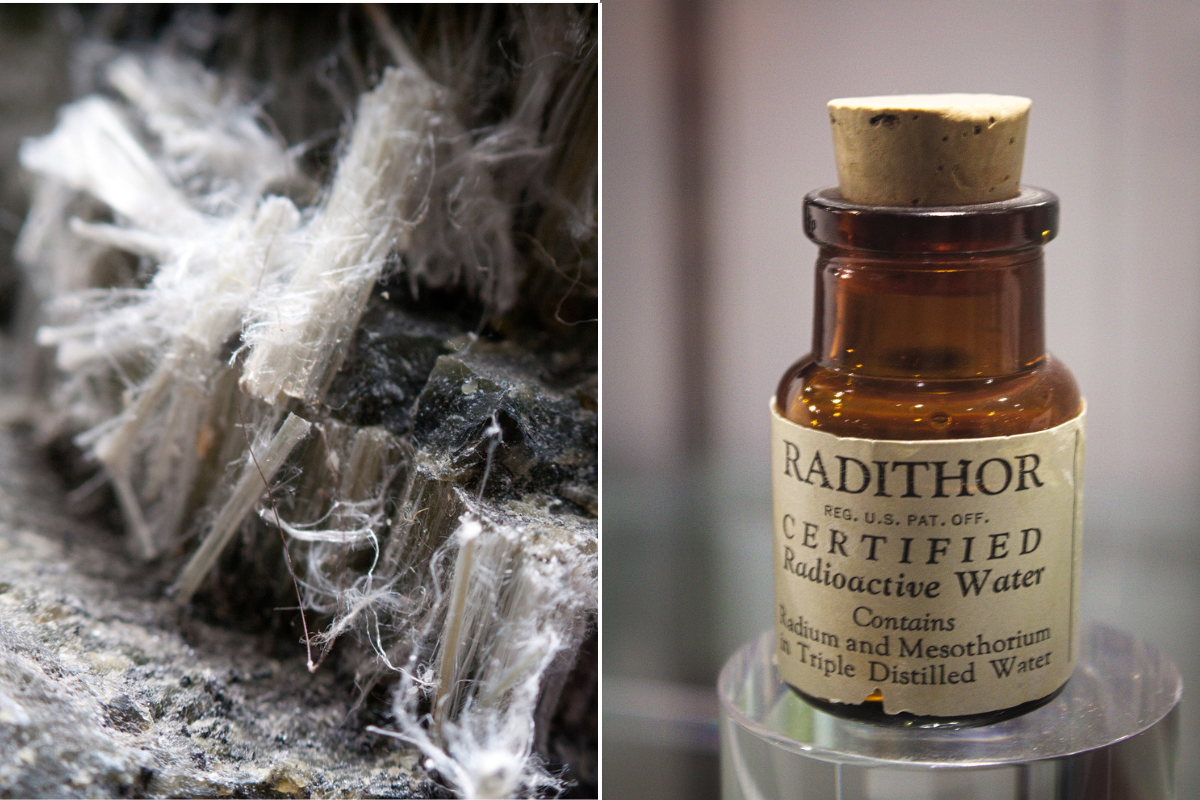
Better Safe Than Sorry
These days when every product is closely tested and examined, it’s hard to recall a time when household items commonly contained hazardous materials. Decades ago, consumers used products daily that are now known for their severe health risks. Lead paint, once prevalent in homes, and asbestos, liberally used in construction and clothing, are just two examples. This article delves into the history of these and other dangerous products, shedding light on their widespread use, the discovery of their harmful effects, and the regulatory actions taken to protect public health.
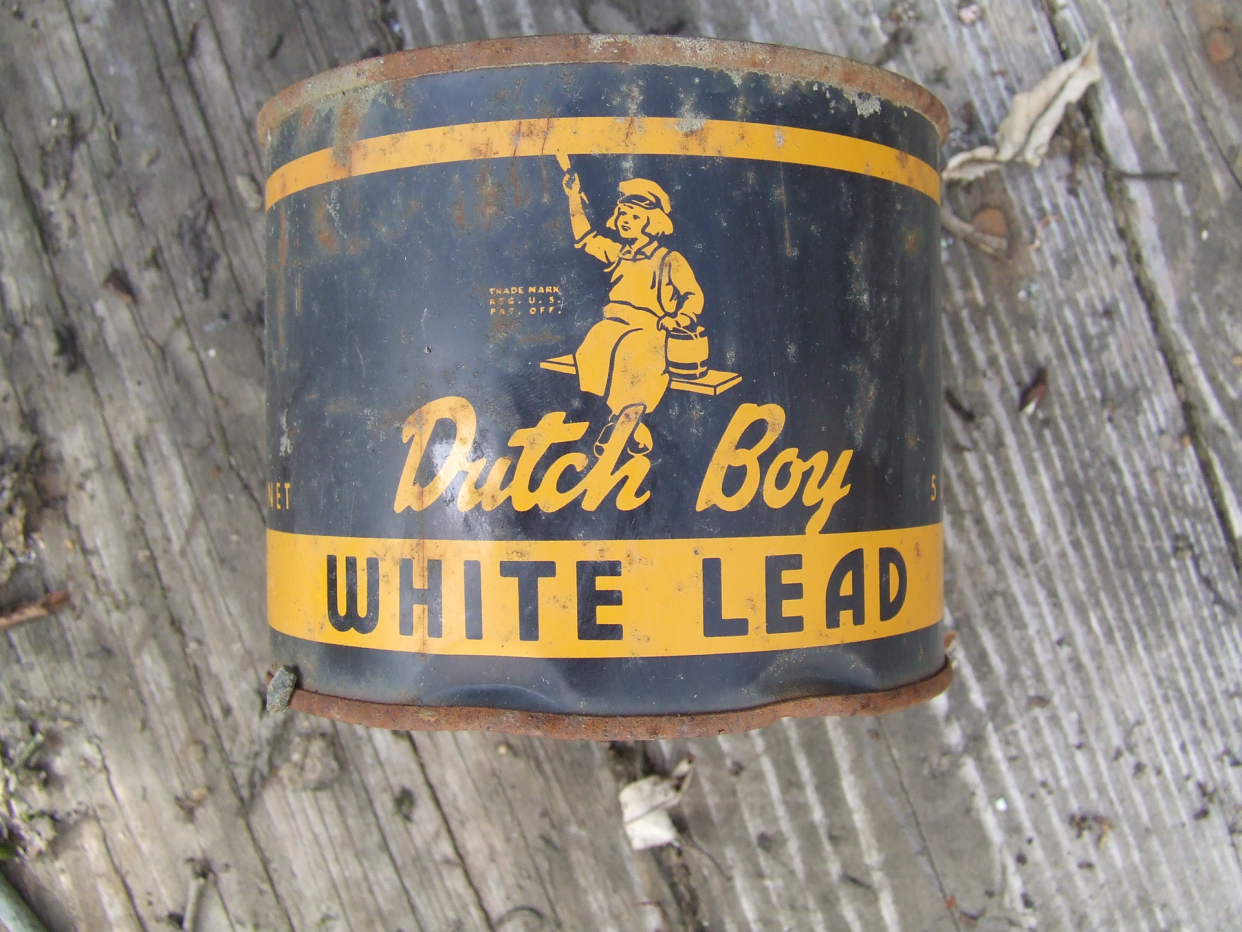
Lead Paint
While lead-based paint has been banned by the federal government since 1978, according to the EPA, "87% of homes built before 1940 have some lead-based paint, while 24% of homes built between 1960 and 1978 have some lead-based paint." So if your home isn’t a new build, perhaps head down to the local hardware store and pick up a test kit (these are certified by the EPA) for under $20.
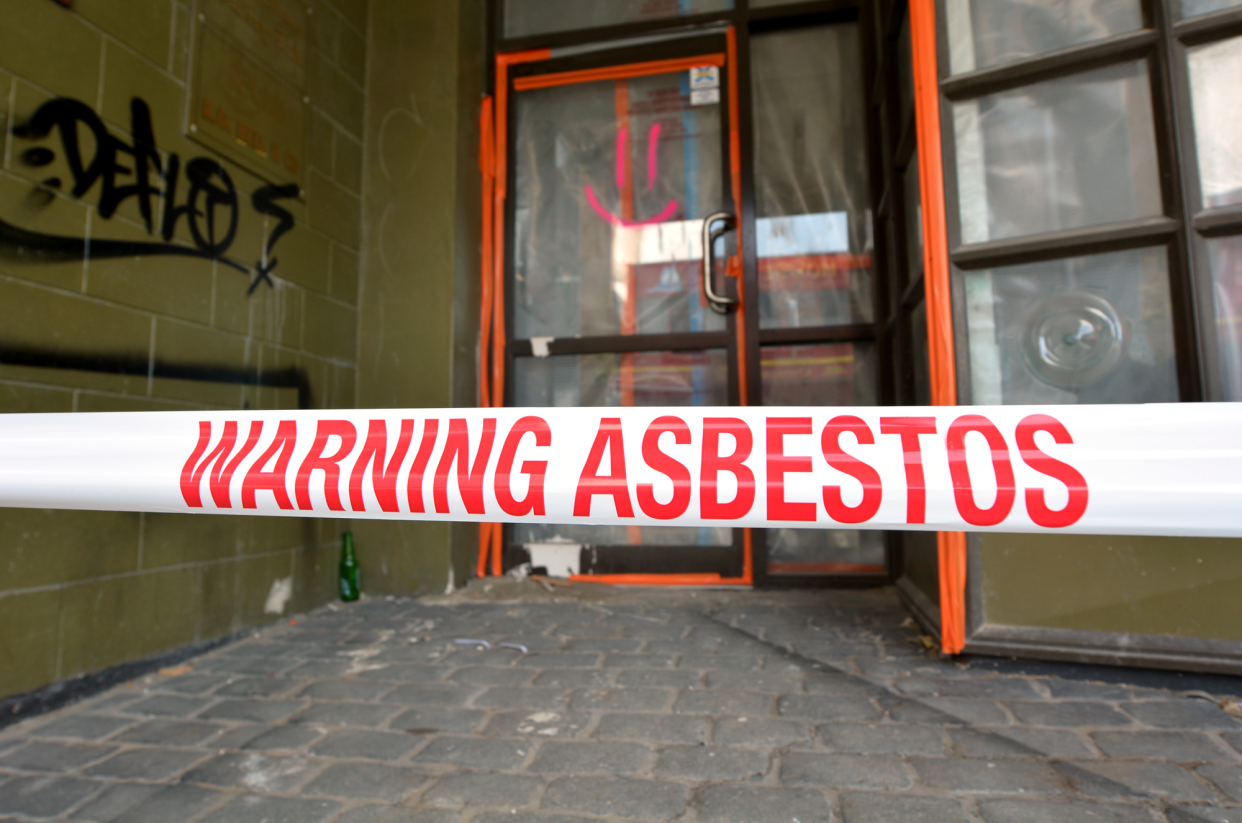
Asbestos
Asbestos was used in lots of products, from insulation to automobile clutch fittings, fake snow, fire-resistant clothing, and building materials. The naturally-occurring mineral fiber was used liberally from the 1940s to the 1970s because of its durability and affordability. While it is known to cause asbestosis, mesothelioma, and lung cancer, the EPA only banned it in 1989.

Metal Dashboards
In an era of automobiles equipped with extensive safety features, it seems archaic that cars once had solid metal dashboards without seatbelts. While padded dashboards appeared as early as 1948, widespread adoption didn’t occur until the 1970s. If you come across an old Chevy truck from the 1960s, it might feature one of these metal dashboards.
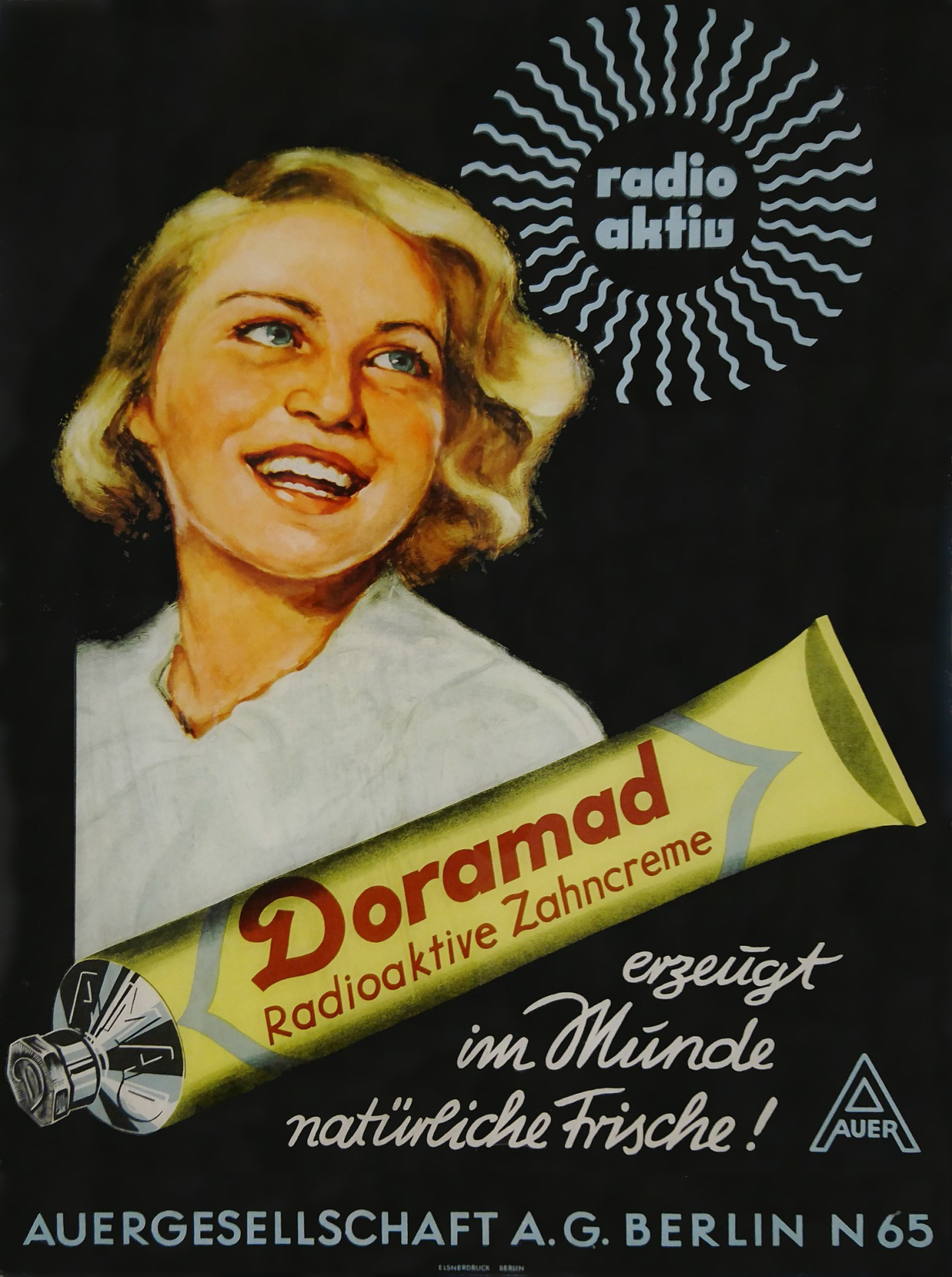
Radium Products
Radium was once celebrated for its medicinal benefits, yet its dangers were vastly underestimated. Products like Doramad toothpaste, which contained thorium and was marketed in the 1920s for its supposed dental benefits (fighting gum disease, polishing enamel) exemplify the perilous use of radioactive substances in everyday items.
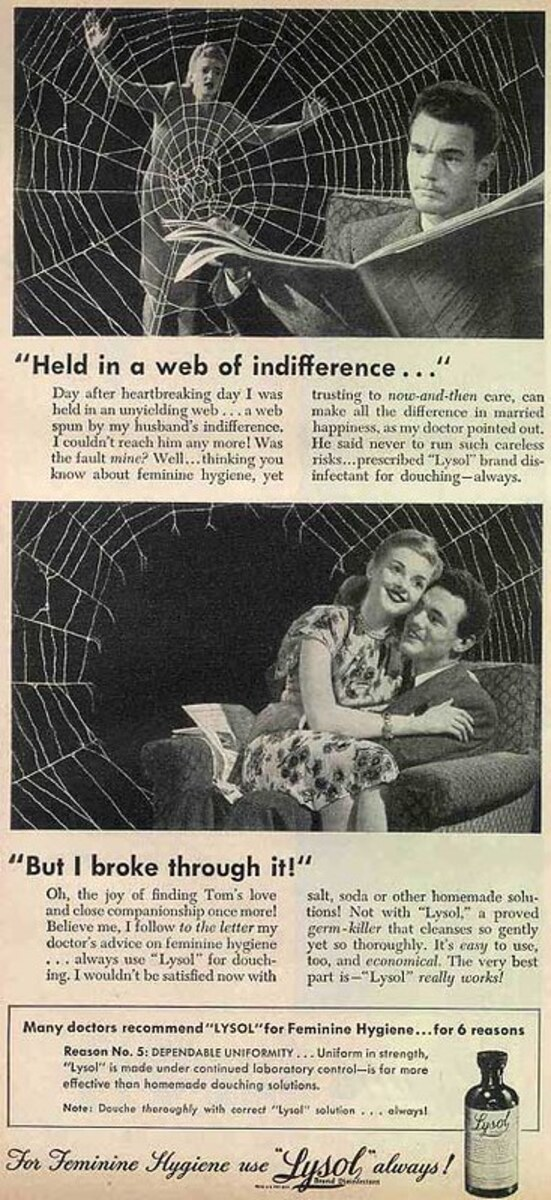
Lysol
We’re not knocking the sanitizing powers of Lysol (active ingredient benzalkonium chloride), but to use it as a douche? Still, there was a market for it because the Lysol disinfectant douche was a top-selling feminine hygiene product from the 1930s through the 1960s and easily procured from pharmacies. If you ask an elder, she will probably tell you that it was also mistakenly used by many as a form of contraception.
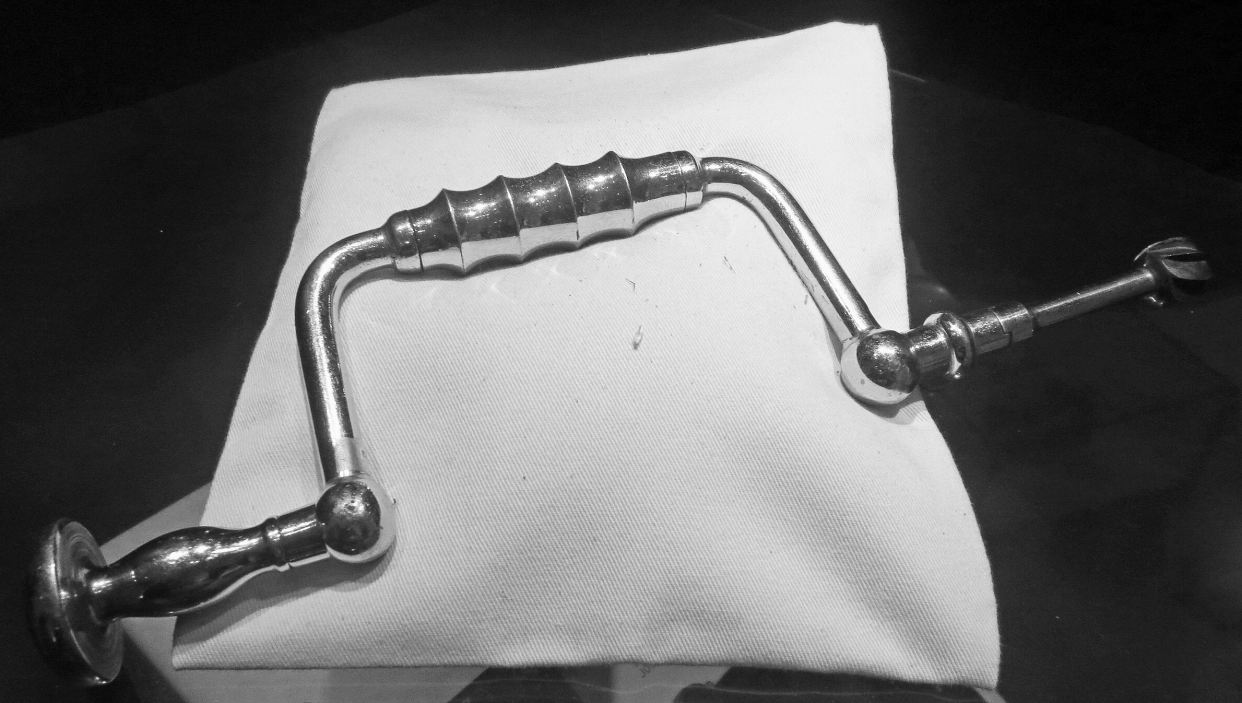
Lobotomy
Once touted as a miracle cure for severe mental illness, this Nobel Prize-winning medical procedure was once all the rage with an estimated 60,000 lobotomies performed in the United States from the 1930s to the 1950s. While countries like Russia, Japan, and Germany have banned this controversial procedure, they’re still legal in the U.S. but rarely performed.
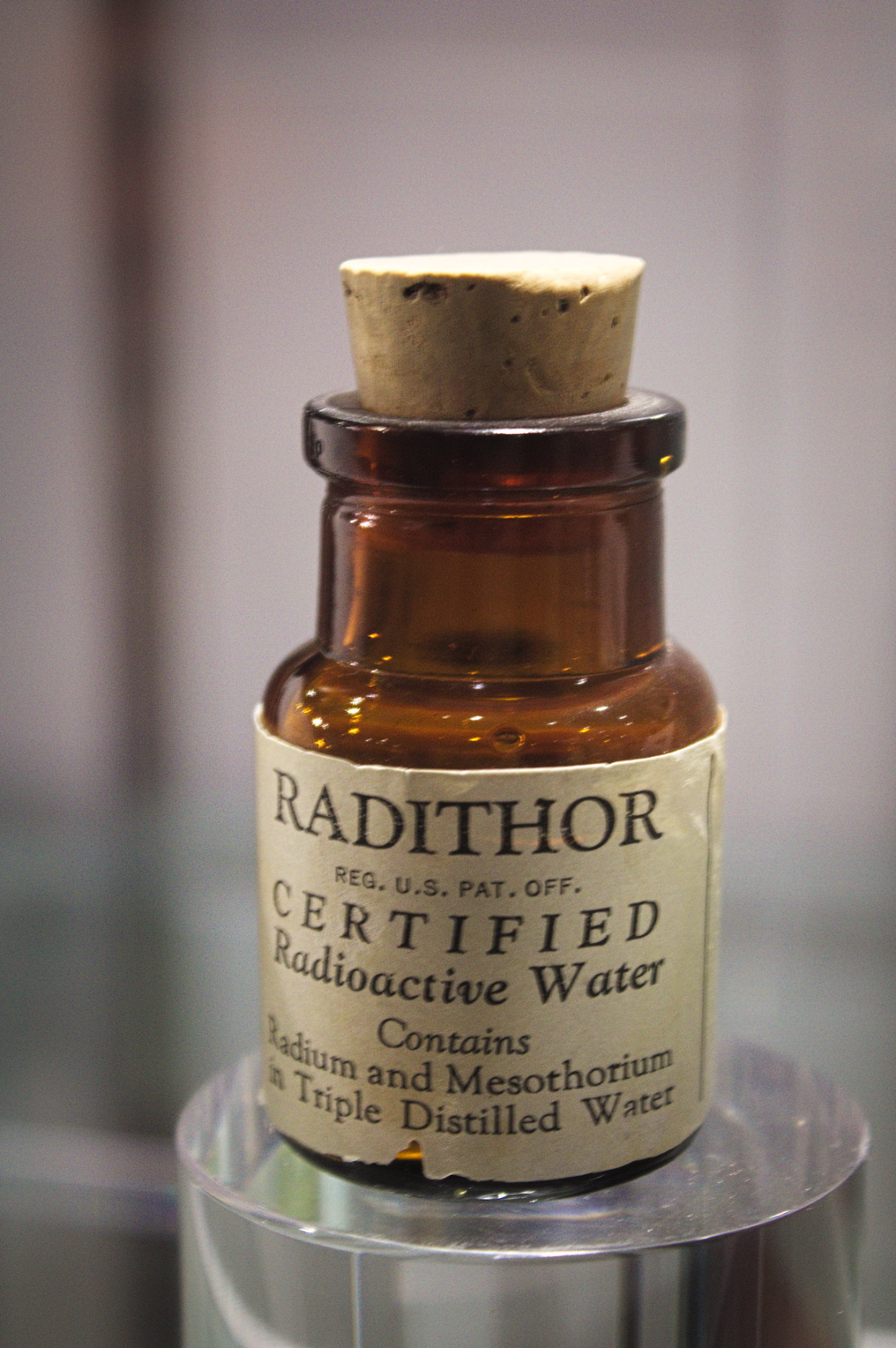
Radioactive Water
If you think today’s energy drinks are poison, the original was RadiThor, an energy drink that had radium dissolved in it and sold for about $1 in the 1920s. Its claim to improve energy levels and impotence had many convinced. According to CNN, a man named Eben Byers consumed one bottle a day for three years, only to develop holes in his skull, and die from consuming too much radium.

Tapeworms
Before Ozempic, there were tapeworms. Largely marketed as a weight loss solution in the early 1900s, the idea was that tapeworms would grow in the intestines and absorb food causing weight loss before it was removed via an anti-parasitic pill. Despite their severe side effects, including potential neurological damage, some like opera singer Maria Callas still used this as a way to control their weight.
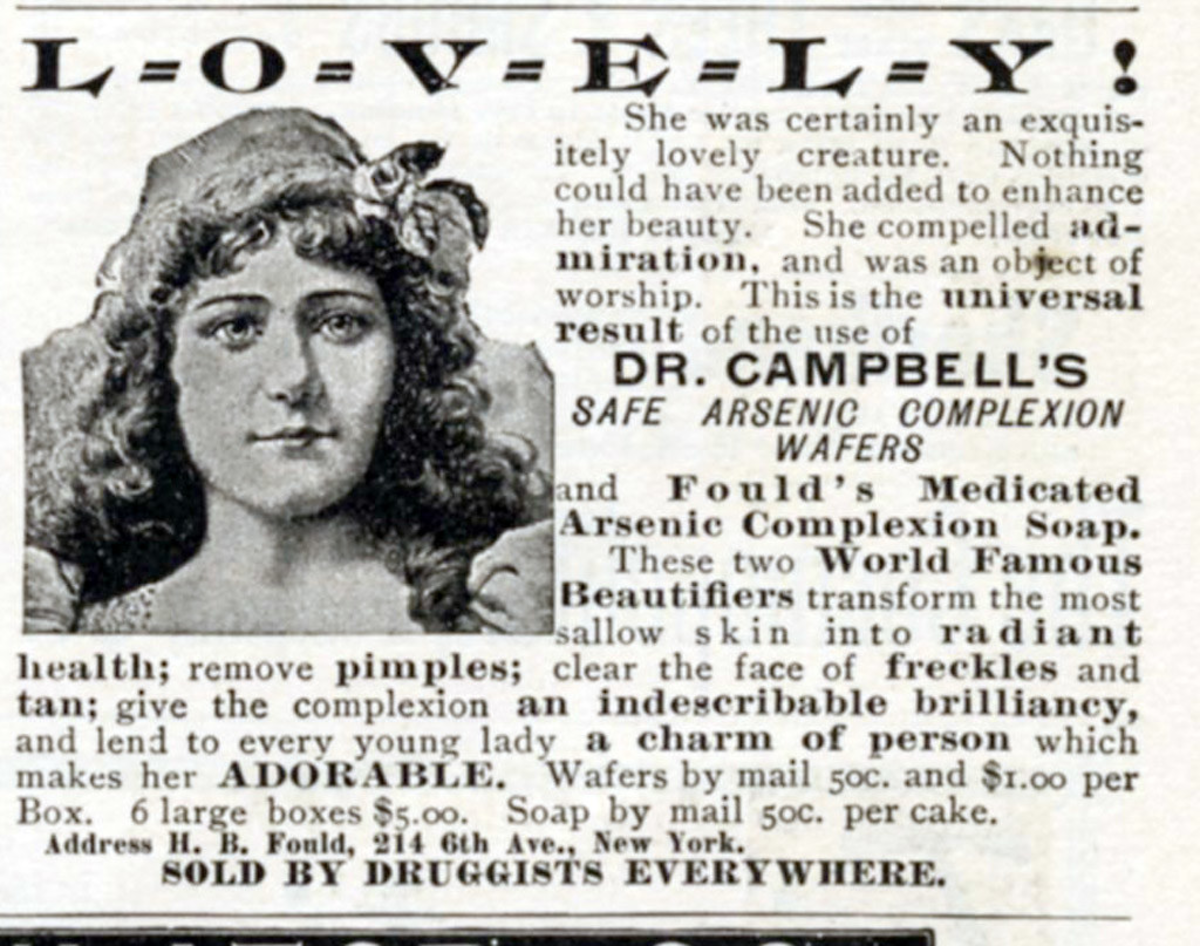
Cosmetics With Arsenic
We know now that arsenic is a deadly poison, but it used to be found in all types of cosmetics products, from soap to cosmetic wash, tooth cement, beauty waters etc… While arsenic brought about some desired effects (clearing up pimples, giving the face a natural flush), using it regularly or over a long period of time definitely had some risky, if not deadly outcomes.
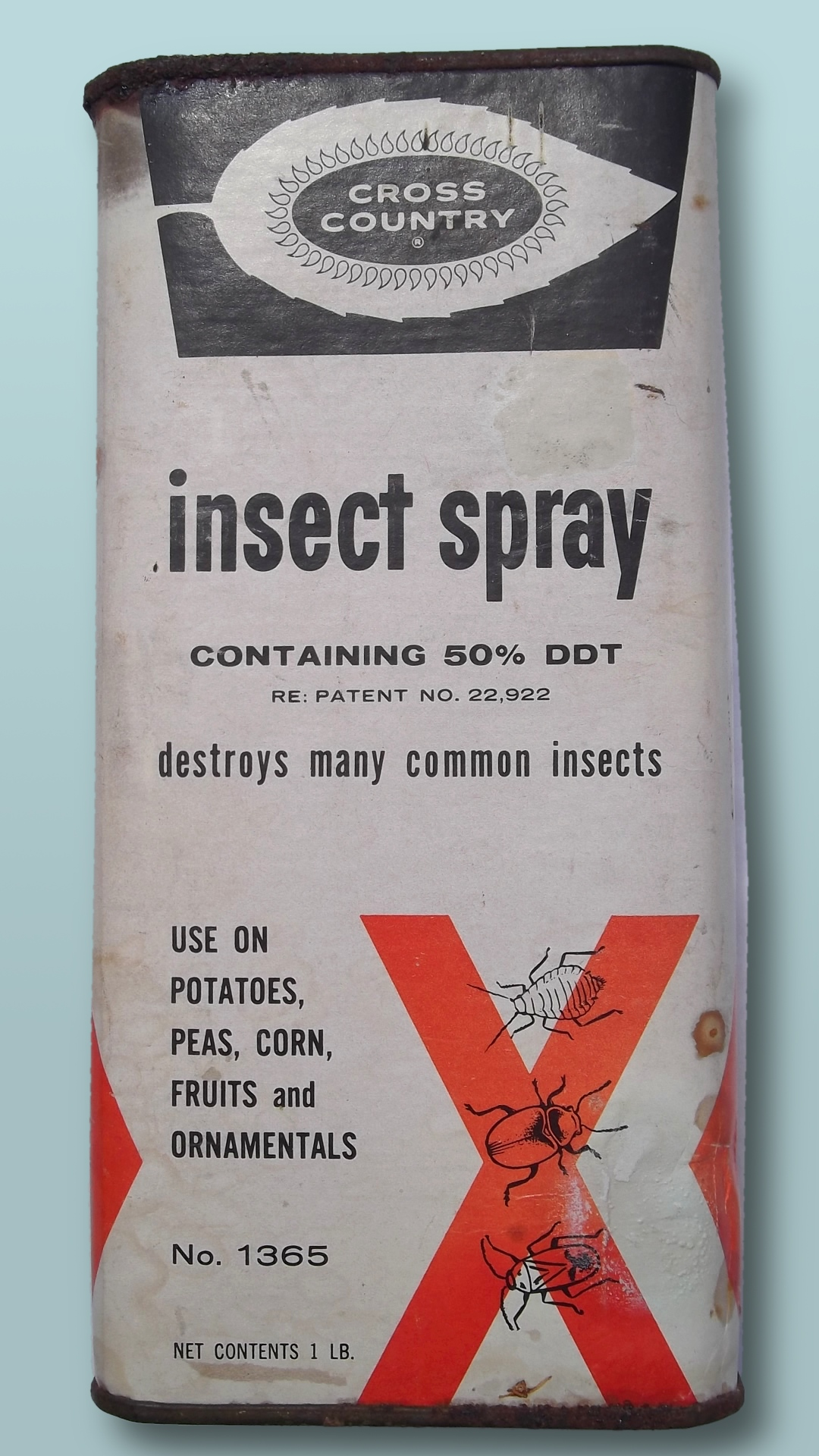
DDT
What’s good for insect control isn’t exactly beneficial for humans. In the 1940s, DDT (dichloro-diphenyl-trichloroethane) used to be sprayed on people, arable land and houses as a synthetic insecticide and to combat illnesses like malaria and typhus. As it turns out it’s a human carcinogen that accumulates in the human body, and causes liver tumors. It was eventually banned in 1972.
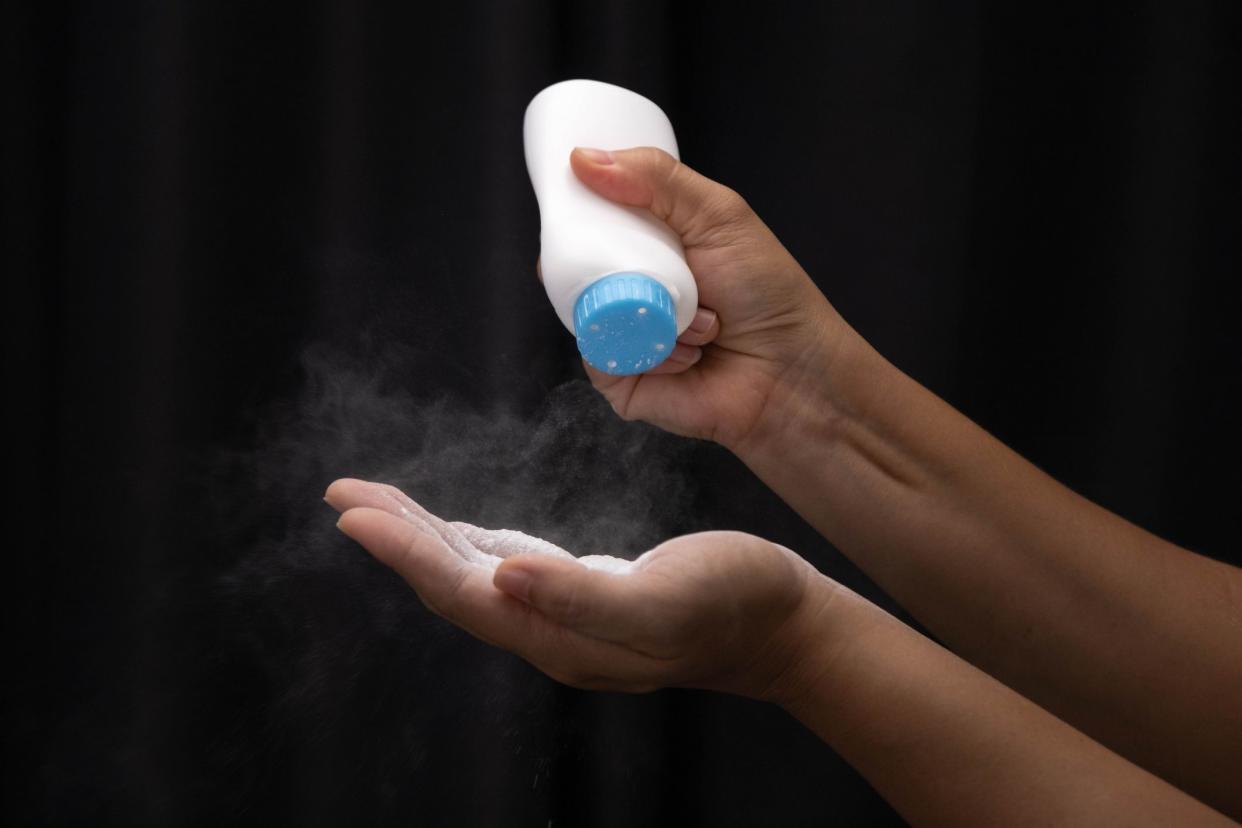
Talc
What used to be a go-to product in every diaper caddy is now a strict no-no. Talc was commonly used to keep a baby’s bottom dry and free of rashes, but has since been found to be tainted by asbestos which can lead to cancer and cause respiratory issues. While talc isn’t banned, it has been pulled off the shelves by Johnson & Johnson in 2023 and the American Academy of Pediatrics still stands by its recommendation not to use baby powders that contain talc.

Benzene
Sunscreen, perfume, dry shampoo and colognes, seemingly harmless cosmetics, unless it’s been found to be contaminated by benzene. This chemical can cause leukemia and other blood disorders. According to the Food and Drug Administration, “In small amounts over long periods of time, benzene can decrease the formation of blood cells.” But before you swear off your favorite dry shampoo forever, head to the FDA Drugs Recall page for a list of recalled products.
This story was produced and syndicated by MediaFeed.
